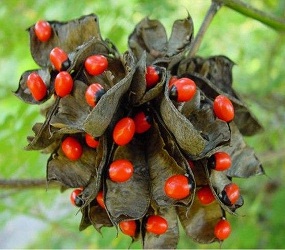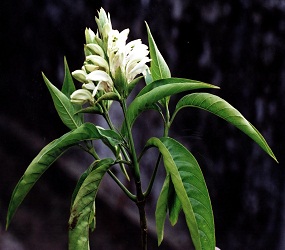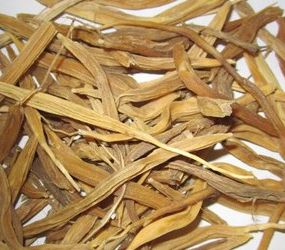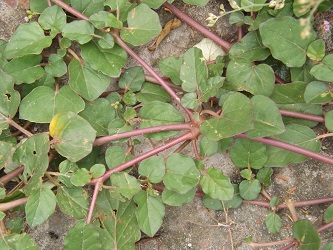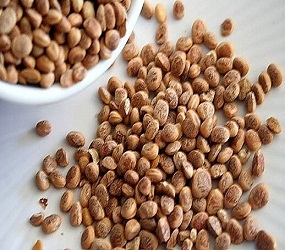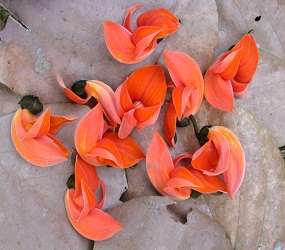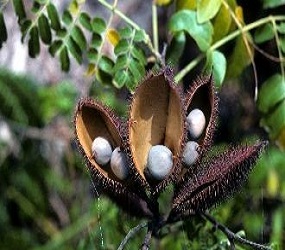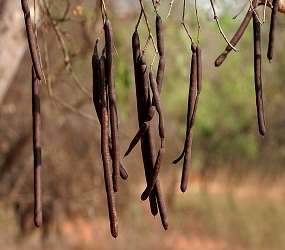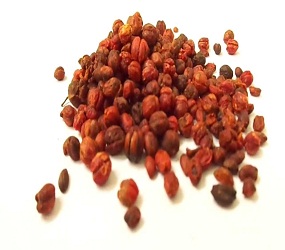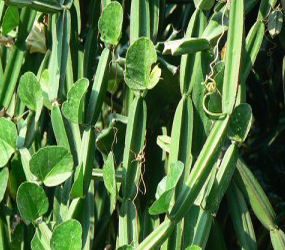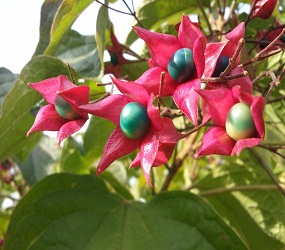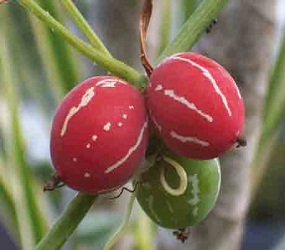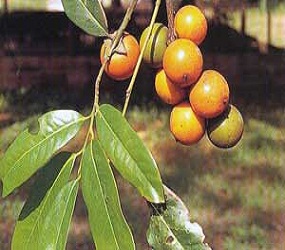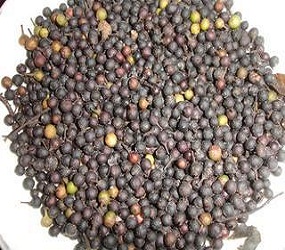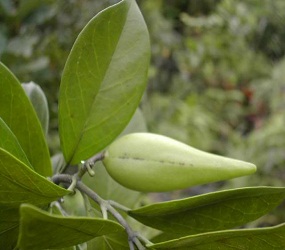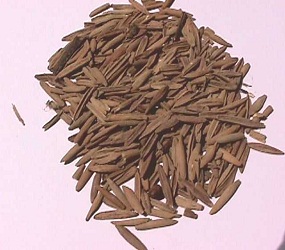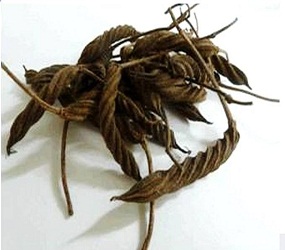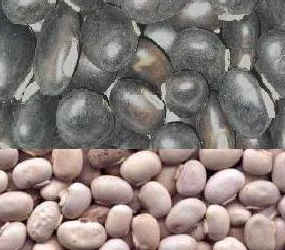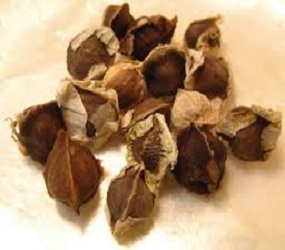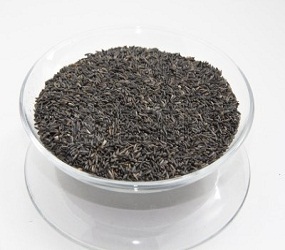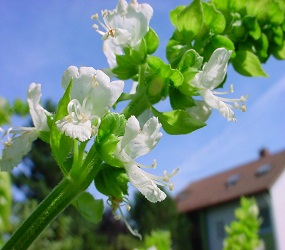PRECATORIUS
Plant pacifies inflammation, Skin related problems, Scratches from pet animals, wounds, alopecia, asthma, stomatitis and fever. Abdominal Pain, Hair Growth, Intestinal worms, Cough, Aphrodisiac, Jewelers Weighing Unit, Ornamental Beads, glucoside abrussic acid.
MARMELOS
Plant pacifies body pain, poison, diarrhea, dysentery, vomiting, and intermittent fever. Pulp of unripe fruit is constipating whereas that of ripened fruit is laxative. Leaves cure diabetes, cough, inflammation and asthma.
PANICULATA
Plant pacifies tridoshas, skin diseases, burning sensation, cough and bronchitis. Plant stimulates liver and purifies vitiated blood.
VASICA
Adhatoda Vasica Plant pacifies Used for treating bronchitis, asthma and dental ailments. It relieves cough and breathlessness. Its local use gives relief in pyorrhea and in bleeding gums.
RECEMOSUS
Plant pacifies leucorrhoea, stomach ache, and diarrhea, inflammation, burning sensation, excessive perspiration, nervous debility, cough, and bronchitis and skin diseases. Stimulate mammary gland secretion.
DIFFUSA
Boerhavia Diffusa Plant pacifies fever, constipation, leucorrhoea, lumbar pain, skin diseases, cardiac disorders, urinary infection, anemia, dyspepsia, constipation, and general debility.
CEIBA
Plant pacifies wounds, ulcers, skin diseases, hemorrhoids, urinary calculus, cystitis, inflammations, cough, bronchitis and dark discolorations on face.
LANZAN
Plant pacifies diarrhea, dysentery, skin diseases, burning sensation, cough, bronchitis, nervous debility, cardiac debility, constipation, fever, ulcer, fever, oligospermia and general debility.
MONOSPERMA
Plant pacifies hemorrhage, hemorrhoids, intestinal worms, diabetes, colic, flatulence, inflammation, arthritis, and skin diseases.
BONDUC
Plant pacifies tridosha, amenorrhea, dysmenorrhea, fever, cough, worms, flatulence, dyspepsia, jaundice, arthritis, splenomegaly and diabetes.
DECUSSATA
Canscora DecussataPlant pacifies insanity, epilepsy, nervine debility, pain, skin diseases, ulcer, worms, abdominal disorders and general debility.
FISTULA
Plant pacifies constipation, burning sensation, leucorrhea, skin disease, fever, cough, bronchitis, inflammations and rheumatism.
TORA
Plant pacifies tridosha, skin diseases, dandruff, constipation, cough, hepatitis, fever, and hemorrhoids.
PANICULATUS
Beneficial to the intellect and memory. powerful brain tonic, stimulate intellect and sharpen memory, cure joint pain, paralysis, rheumatism, weakness; seed oil enriches the blood, cures abdominal complaints, stomachic, tonic, treats cough, asthma, leprosy, headaches.
QUADRANGUALARIS
Plant pacifies piles, osteoporosis, anorexia and fracture, as a medicinal plant since antiquity. In siddha medicine it is considered a tonic and analgesic, and is believed to help heal broken bones, It is said to have antibacterial, antifungal, antioxidant, anthelmintic and antihemorrhoidal.
VISCOSUM
Plant pacifies abscesses, tumors, skin diseases, hernia, fever, malaria, general debility and rectal prolepses. The leaf and root are widely used as antidandruff, antipyretic, ascaricide, laxative, vermifuge, and in treatments of convulsion, diabetes.
PALMATUS
Plant pacifies inflammation, cough, flatulence, skin diseases and general debility.
MALABARICA
Plant pacifies burning sensation, inflammations, diarrhea, hemorrhoids, diabetes, skin diseases, fever, leucorrhea, urinary tract infections, anemia, burns and scalds.
RIBES
Embelia Ribes Plant pacifies intestinal worms, skin diseases, nervine weakness, flatulence, colic, constipation, cough, asthma, bronchitis, migraine, fever and general weakness.
SYLVESTRE
Plant pacifies hepatosplenomegaly, renal and vesical calculi, constipation, asthma and leukoderma. It has been used in India since the sixth century BC to support normal blood sugar levels in the body.
ANTIDYSENTERICA
Plant pacifies It is a well-known herb for amoebic dysentery and other gastric disorders, hepatitis, diarrhea, hemorrhage, hemorrhoids. The bark is used in chest affections and as a remedy in diseases of the skin and spleen.
ISORA
Plant pacifies diarrhea, colic, flatulence, wounds, ulcers, hemorrhoids and diabetes. Roots are used in cough and asthma; juice is used in diabetes and stomach affections. Root and stem barks are considered expectorant, demulcent, astringent, useful in griping and scabies.
PRURIENS
Plant pacifies constipation, impotency, Parkinsonism, kidney diseases, neuropathy, worm infestations, fever and general debility. Seeds are useful in gonorrhea, consumption, sterility, vitiated conditions of vata.
PHILIPPENSIS
Plant pacifies worm infestation, constipation, skin diseases, flatulence, wounds, ulcers, cough, renal and vesical calculi, poisons, ringworm, herpes and hemorrhages.
OLEIFERA
Act as cardiac and circulatory stimulants, possess antitumor, antipyretic, antiepileptic, antiinflammatory, antiulcer, antihypertensive, cholesterol lowering, antioxidant, antidiabetic, hepatoprotective, antibacterial and antifungal activities, and are being employed for the treatment of different ailments medicine.
ABYSSINICA
Plant pacifies is high in oil and protein contains. The Niger seed is eaten fried, used as a condiment or dried then ground into a powder and mixed with flour etc to make sweet cakes.
AMERICANUM
Plant pacifies helminthiasis, anorexia, dyspepsia, pruritis, leprosy, vomiting, poison, migraine, and fever. Seeds are good remedy for hyperdipsia, fever, migraine, and emaciation.


